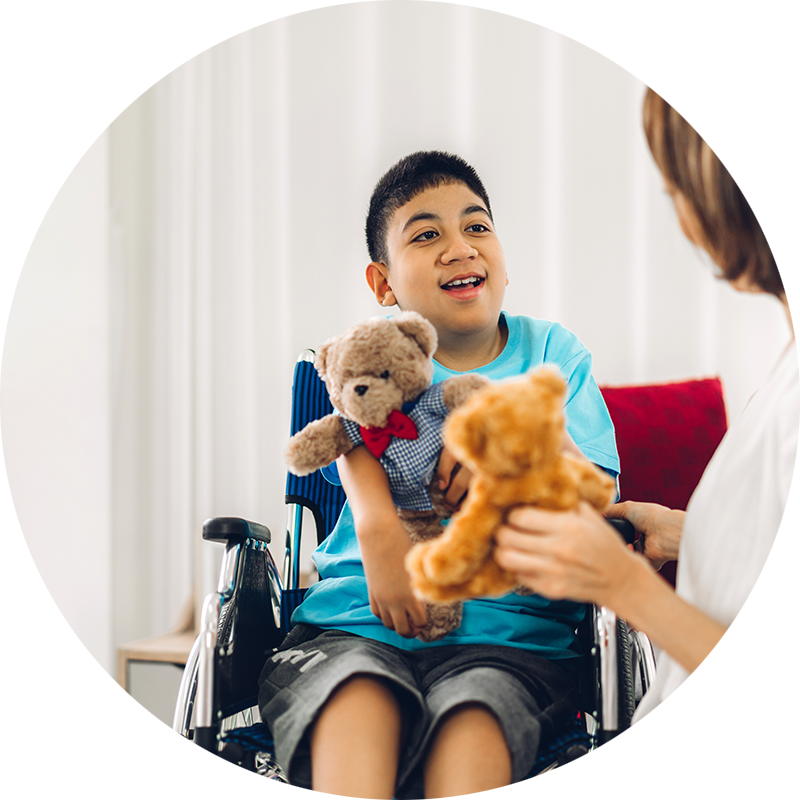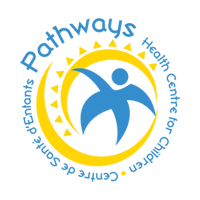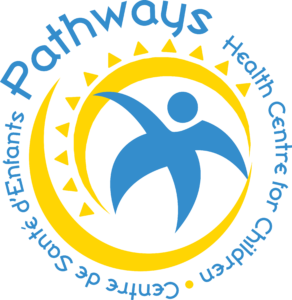What is an Occupational Therapist?
Occupational Therapists (OT) are regulated health professionals who assess children and youth who are experiencing difficulties with daily activities. They recommend activities and strategies, prescribe equipment, and offer support to foster independence and functional skills for day to day tasks.
Who We Are:
Occupational Therapists: Master’s Degree – Must be registered with the College of Occupational Therapists of Ontario
Therapist Assistants: Post secondary Diploma – All are under the supervision of a Physiotherapist and/or Occupational Therapist
What we provide:
- Individual therapy sessions
- Group therapy sessions
- Parent/Caregiver training
- Consultation
- Home programming
Assessment:
Assessment may include a review of your child/youth’s history, clinical observation of skills, standardized assessment, parent questionnaires, and parent/child interviews. Prior to beginning any course of treatment, the OT will work with you to identify goals that are important to you and your child to allow them to enjoy and participate in life.
Intervention:
Intervention strategies may relate to the development of:
- Feeding and swallowing
- Fine motor skills
- Visual perceptual ability
- Motor coordination
- Sensory processing
- Infant motor milestones
- Self care skills
- Independence in the home or community
- Learning strategies
Who we serve:
- Child/youth living or receiving care within Sarnia Lambton.
- Newborn to 19 years, depending on the area of concern.
- Impairment of occupational performance due to developmental delays, illness or injury, or difficulty functioning in various settings due to developmental, physical, sensory, mobility, or environmental challenges.

What to Expect:
Prior to starting any treatment, an OT will ask for further information about your child/youth’s development and will work closely with you and your child and others to build goals and plans specific to your child/youth’s need.
Treatment/Intervention strategies may relate to the development of:
- Functional and developmental skills
- Intervention, if needed, to promote participation in every day activities as independently as possible
- Consultation with parents, daycare, school, other health professionals, and others involved with the child or youth
- Prescription of adaptive equipment such as:
- Equipment for childcare and school to support function, independence, and safety
- Computer keyboards for written communication
- Cups, bowls and utensils for eating or drinking
- Equipment and supplies to support sensory needs
Your infant or child should be assessed by an Occupational Therapist if they do not meet some of the following milestones:
Your Infant (0-2 yrs) should:
- Follow a moving object with eyes by 2-3 months
- Grasp and hold objects by 3 months
- Support head well at 3 months
- Seem to enjoy being around people or show affection for caregiver
- Bring objects to mouth by 6 months
- Actively reaches for objects by 6 months
- Hold body upright when sitting and standing
- pick up small objects between thumb and index/middle finger by 18 months
Your Toddler (2-3 yrs) should:
- Build a tower of 4 blocks
- Manipulate small objects
- Copy a circle by 3 years old
- Snip paper
- Complete 3 piece single inset puzzles
- Show interest in playing with other children
- Assist with dressing, using the toilet, using utensils
Your Preschooler (4-6 yrs) should:
- Grasp crayon between thumb and fingers
- Copy circle, cross, square, triangle
- Copy first name by 5 years old
- String small beads or places small pegs in holes
- Draw a person with 6 or more parts
- Cut along a ¼” line
- Able to concentrate on an activity for more than 5 minutes
- Interact well with other children or adults
Your Schoolage Child (6 yrs and older) should:
- Enjoy some sensory activities such as painting, and playing in sand or water
- Manage transitions and changes in routines without too much distress
- Tolerate loud noises such as the fire alarm, music class, assemblies, busy spaces etc.
- Demonstrate appropriate body and spatial awareness
- Climb and use playground equipment independently
- Print legibly and efficiently, cut complex shapes with precision, tie shoe laces, and use utensils appropriately
- Manage and demonstrate appropriate focus for seated activities for 20 minutes
How long will my Occupational Therapy assessment be?
An assessment can take anywhere from 45-90 minutes depending on what the needs are. Please bring everything your child will need for that time (i.e. diapers).
Can I see an Occupational Therapist or other health professional in the community while I wait for my assessment or while I am seeing an OT from Pathways?
Absolutely you can. We ask that you inform both health care professionals of all services you are receiving so they are aware and can make appropriate decisions with regards to treatment. Often multiple health care professionals prefer to be in contact with each other in order to maximize care.
What do I need to bring to my child’s Occupational Therapy assessment or treatment session?
We will supply the items that are utilized during the session. Please have your child wear comfortable clothing and shoes.
How To Refer:

PHONE PATHWAYS



